How to Formulate Tablets
Formulating tablets might seem like a complex process, but with the right knowledge, it's achievable for anyone—whether you're an individual entrepreneur or a business looking to expand into the nutraceutical or supplement market. This article will guide you through the essentials of tablet formulation, explaining each component and step in the process. By the end, you'll have a solid foundation for creating your own tablets that are safe, effective, and tailored to your goals.
Understanding the Basics of Tablet Formulation
At its core, tablet formulation is the science of blending active ingredients with excipients to create a stable, effective, and consistent product. Whether you're making multivitamins, herbal supplements, or other nutraceuticals, your goal is to ensure that the tablet delivers the correct dosage and performs as expected when consumed.
The formulation process involves balancing several key components: the active ingredient, excipients (inactive ingredients that help in various ways), and the manufacturing process. Each decision made during formulation can affect the quality, stability, and efficacy of the final product.
Types of Tablets
Before we dive into the details, it’s important to understand the different types of tablets you may want to formulate. Common options include:
- Standard tablets: Designed for regular consumption and dissolution in the digestive tract.
- Fast-dissolving tablets: Formulated to disintegrate quickly in the mouth or stomach.
- Chewable tablets: Popular for children or individuals who have difficulty swallowing pills.
- Controlled-release tablets: Release the active ingredient over a longer period for sustained effects.
Each type of tablet requires specific ingredients and techniques, which we’ll cover in more detail.
Key Components in Tablet Formulation
Active Ingredients
The active ingredient is what delivers the therapeutic effect in your tablet. Whether it’s vitamin C, turmeric, or magnesium, this is the part of the formulation that consumers are after. When formulating, it’s important to decide how much of the active ingredient is necessary to achieve the desired effect.
For example, if you’re creating a multivitamin, you’ll need to determine the right dosage of each vitamin and mineral to ensure your product meets daily nutritional requirements without exceeding safe levels.
Excipients: The Unsung Heroes
Excipients are the inactive ingredients that serve as the backbone of your tablet. While they don’t have any therapeutic effect, they play vital roles in ensuring the tablet functions as intended. Common excipients include:
Binders
Binders hold the tablet together, preventing it from crumbling during production or handling. One of the most widely used binders is microcrystalline cellulose. It’s effective, affordable, and compatible with most active ingredients, making it a staple in the supplement industry.
Disintegrants
Disintegrants help the tablet break apart in the body, ensuring that the active ingredient is released properly. Sodium starch glycolate is a popular choice, as it swells when it comes into contact with moisture, allowing the tablet to disintegrate quickly. This is especially useful in fast-dissolving tablets, where speed of action is crucial.
Fillers (Diluents)
Sometimes, the active ingredient only makes up a small percentage of the tablet’s weight, so fillers are added to bulk it up to a manageable size. Common fillers include lactose and microcrystalline cellulose. Lactose is great for most formulations but can pose issues for individuals with lactose intolerance, which is why some manufacturers opt for alternatives like mannitol.
Lubricants
Lubricants ensure that the tablet doesn’t stick to the machinery during production, which helps with the smooth running of manufacturing processes. Magnesium stearate is a go-to lubricant due to its effectiveness in small quantities. However, it can sometimes slow down the disintegration process, so the amount used must be carefully balanced.
Coatings
Tablet coatings serve several purposes, from masking unpleasant tastes to protecting sensitive ingredients from moisture and air. Coatings can also control how the tablet dissolves. Hydroxypropyl methylcellulose (HPMC) is often used for sustained-release tablets, ensuring the active ingredient is released gradually over time.
Steps in the Tablet Formulation Process
1. Define Your Objective
Before you start mixing ingredients, it’s important to clearly define your product goals. Are you aiming to make a fast-dissolving tablet for quick nutrient absorption? Or are you creating a sustained-release formula for a supplement meant to provide benefits throughout the day?
Your goals will guide your choice of excipients and the manufacturing method you’ll use.
2. Choosing the Right Excipients
Once your goals are defined, it’s time to select the right excipients to complement your active ingredient. This decision will be based on the type of tablet you want to produce and any specific requirements for your formula.
For example, if you’re formulating a chewable children’s vitamin, you’ll want to use mannitol as a filler due to its pleasant, slightly sweet taste. On the other hand, for a sustained-release tablet, you might use HPMC to create a matrix that controls how the active ingredient is released.
3. Conducting R&D and Testing
Once your formula is in place, you’ll need to test it thoroughly. Testing is essential for ensuring that your tablet is stable, dissolves correctly, and delivers the desired dosage every time. Prototyping and troubleshooting are common parts of this stage.
For example, if you notice that your tablets are crumbling during packaging, you may need to increase the binder content or adjust the granulation process. Similarly, if your tablets aren’t breaking down fast enough in the body, it may indicate that the disintegrant needs to be modified.
Manufacturing Considerations
Choosing the Right Tablet Press
Whether you’re manufacturing on a small scale or producing in bulk, choosing the right tablet press is essential. If you’re just starting out, a single-punch tablet press might suffice, as it’s cost-effective and easy to use. However, as your production increases, you may want to invest in a rotary tablet press, which can produce thousands of tablets per hour.
Granulation Methods
Granulation is a critical process that ensures the powders in your tablet formulation bind together effectively. There are two main methods: wet granulation and dry granulation.
- Wet granulation involves using a liquid binder to form granules. It’s ideal for formulations that need stronger binding but requires additional drying time.
- Dry granulation skips the liquid step and is more suitable for heat- or moisture-sensitive ingredients.
Quality Control
Ensuring your tablets meet quality standards is non-negotiable. You’ll need to test for factors like:
- Uniformity: Ensuring each tablet has the same weight and composition.
- Hardness: Measuring the tablet's strength to prevent breakage.
- Dissolution rate: Confirming the tablet dissolves at the right rate for its intended effect.
Quality control should be an ongoing process, not a one-time check.
Common Challenges in Tablet Formulation
Even with the best ingredients and equipment, issues can arise during tablet formulation. Here are some common challenges:
- Tablet Stability: Active ingredients may degrade over time if not properly protected from moisture and air. Using the right coatings and packaging can help extend shelf life.
- Consistency: Achieving uniformity in tablet size, weight, and dosage can be tricky, especially in large-scale production. Fine-tuning the excipient mix and using high-quality machinery can mitigate this.
- Excipients-Active Ingredient Interactions: Some excipients may react with your active ingredient, affecting its potency. Thorough compatibility testing can prevent these issues.
Formulating for Specific Tablet Types
Fast-Dissolving Tablets
For products like fast-dissolving or orally disintegrating tablets, superdisintegrants like croscarmellose are essential. These ingredients rapidly break down the tablet upon contact with saliva or gastric fluids, ensuring quick release of the active ingredient.
Chewable Tablets
When formulating chewable tablets, flavor and texture are key. Sweeteners like xylitol or sorbitol are commonly used to improve the taste, while excipients like mannitol add a pleasant, non-gritty mouthfeel.
Controlled-Release Tablets
For controlled-release tablets, polymers like hydroxypropyl methylcellulose are used to form a matrix around the active ingredient. This matrix slowly breaks down, allowing the active ingredient to release over time.
Conclusion
Tablet formulation is both an art and a science. By understanding the role of each component—whether it’s the active ingredient or the excipient—you can create tablets that meet your desired goals, whether for personal use or large-scale production. Take the time to test and refine your formula, and you’ll be on your way to developing a product that is safe, effective, and market-ready.
Whether you're crafting a simple vitamin or developing a cutting-edge nutraceutical, the principles outlined here will guide you through the process. Happy formulating!

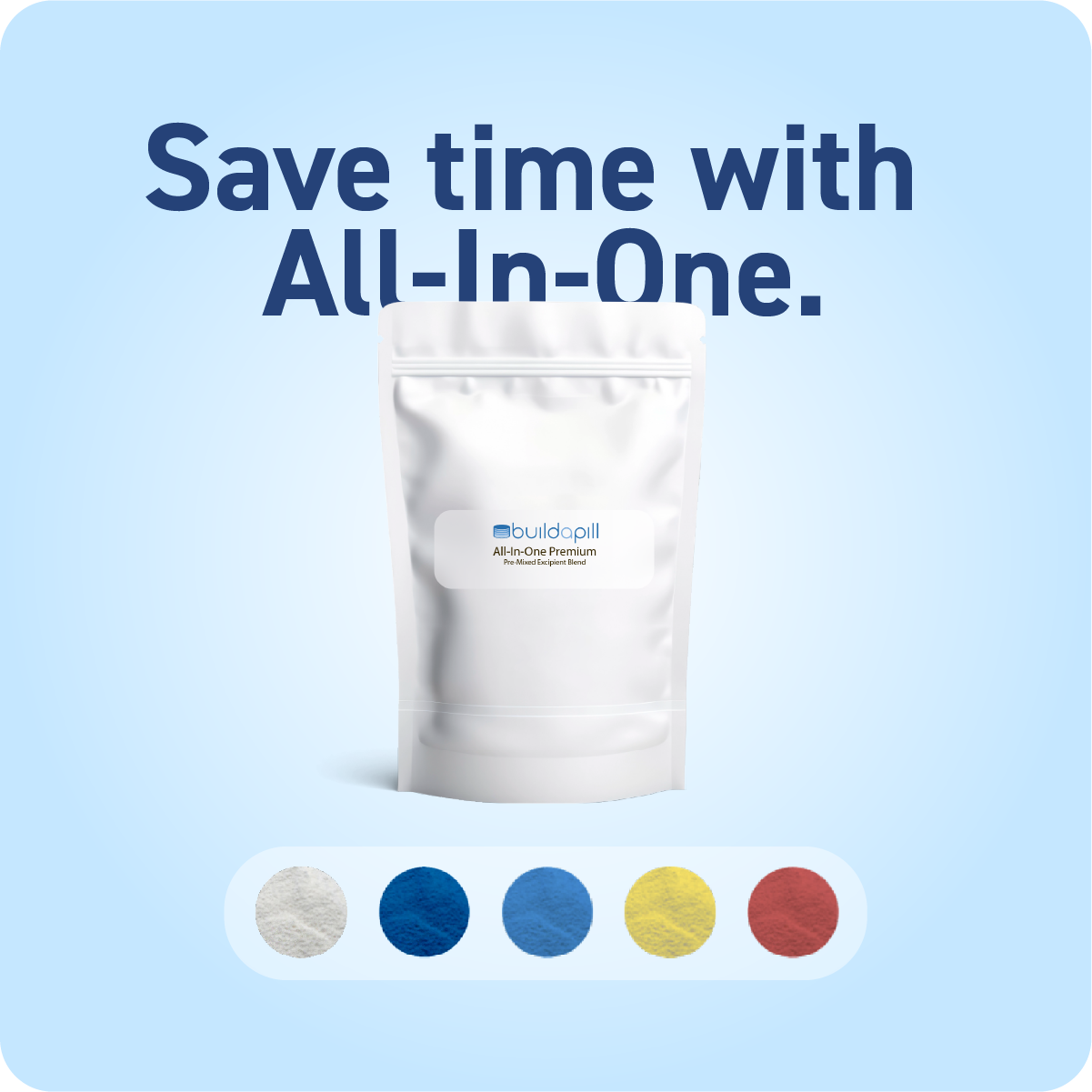
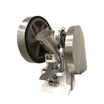
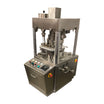
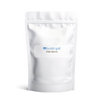
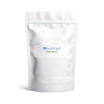
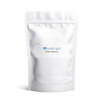
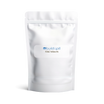
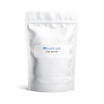
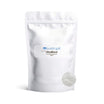
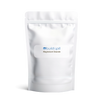
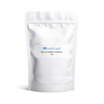
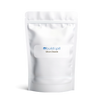
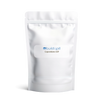
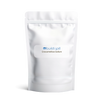
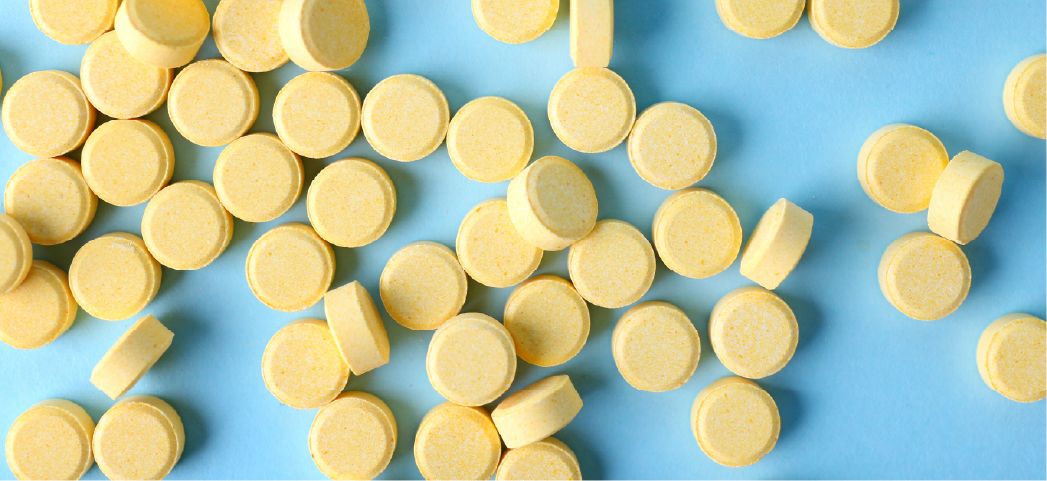
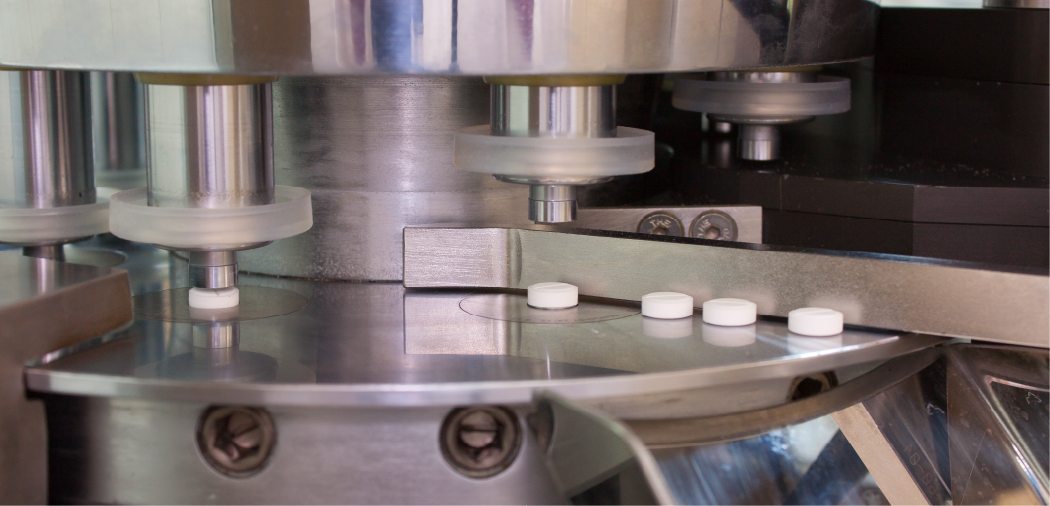
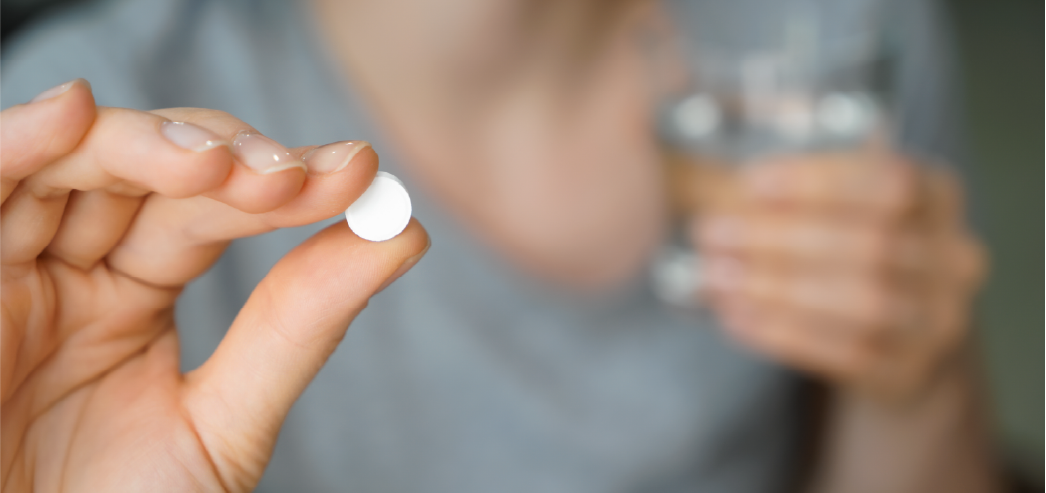
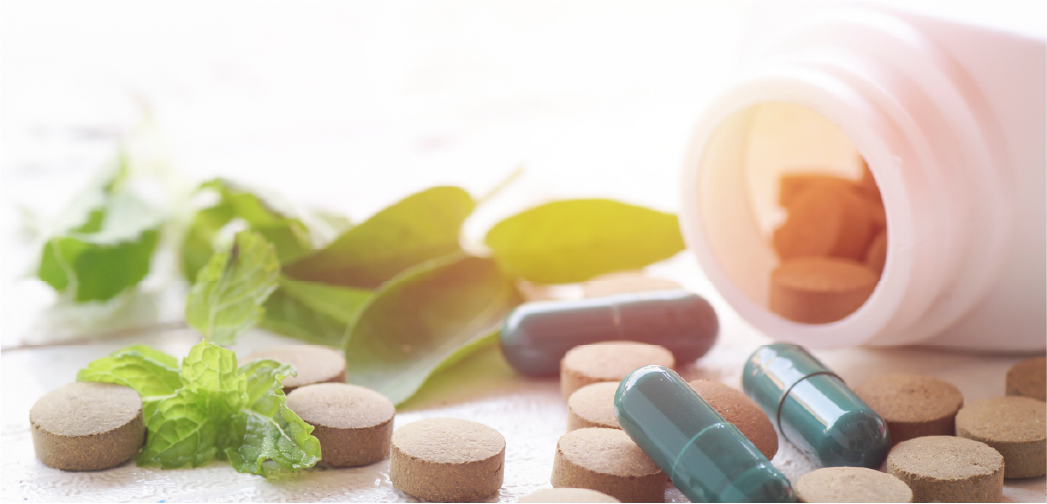
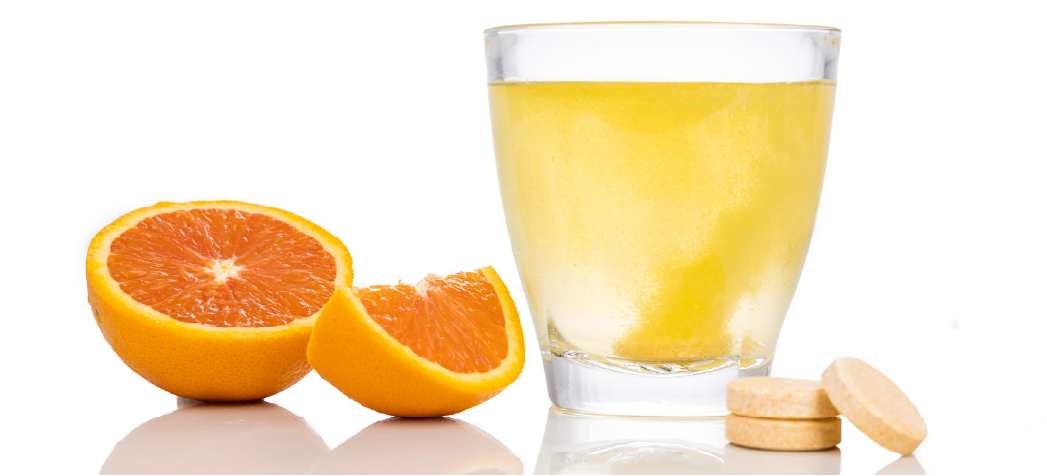
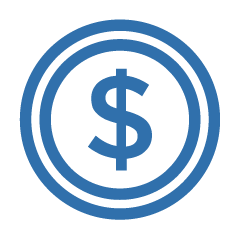
Leave a comment
This site is protected by hCaptcha and the hCaptcha Privacy Policy and Terms of Service apply.